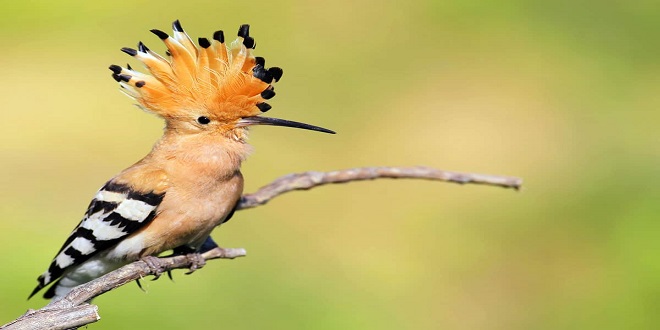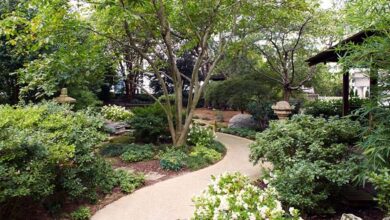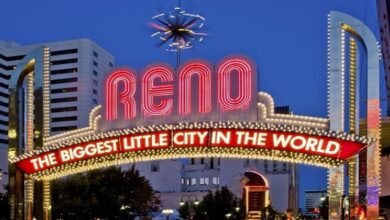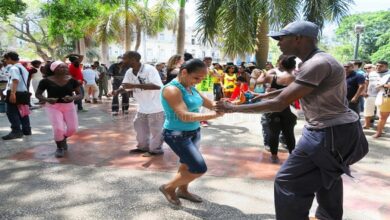Hoopoe vs. Waikiki

Most mornings, you can stroll along the rich golden sands of delightful Hulopo‘e Beach, Lāna‘i and have the place to yourself. Oh, there’ll be a fisherman perched out on the lava boulders of the headland, or you might spot a snorkeler burrowing in and out of the rock pools. Someone from the tiny campsite, tucked away in the nearby woods, might even wander down. And, of course, the local pod of spinner dolphins will probably swim by at some point, to play and cartwheel in the surf before heading back out to sea.
Lana’s is often called the “Private Island,” as it is almost entirely owned by David H. Murdock, the former chairman of Dole, the producer of fresh fruit and vegetables. After the company stopped growing pineapples here in 1992, Murdock redirected the island towards tourism. While the island’s image as an upscale resort is largely deserved, Hoopoe Beach is an exception. As with all Hawaiian beaches, it’s always open to the public, and with regular ferries from Maui docking a few hundred yards east, access is easy.
The beach itself is a gem, a gentle curve of deep, thick sand, fringed by low kiawe trees, and demarcated to the east by the russet Mānele Cone, an extinct volcanic relic. The brisk slope of the sand into the ocean makes it ideal for swimming, while the offshore reef ensures that the surf seldom rises to threatening levels. By Hawaiian standards, the surfing conditions are relatively tame, making this a great spot to learn under safe conditions, or simply to play on a boogie board. Beach equipment can be rented from a small kiosk near the west end, and the park area set back from the center holds public showers.
FORGET WAIKĪKĪ?
THE BUILD-UP
Arguably the world’s most famous beach, Waikiki stretches for 2 miles (3 km) along the shoreline of southern Oahu. Its natural setting is magnificent, with the Ko‘olau Mountains soaring to the rear, the extinct volcano of Diamond Head silhouetted to the southeast, and the sun descending each night into the Pacific Ocean straight ahead.
THE LETDOWN
Waikiki is, however, no timeless South Seas paradise; it is a hectic modern resort, whose high-rise hotels sleep 100,000 guests per night, and whose bars, clubs, restaurants, and cafés remain open around the clock. Simply finding room to lie on the sand, or swim in the sea, can be a problem. And with busy Honolulu just 3 miles (5 km) west, traffic congestion is frequently horrendous
GOING ANYWAY?
To make the most of Waikiki, throw yourself into the melee. Spend the day sunbathing or in the ocean, surfing or canoeing, then spend the night partying hard. And be sure to explore the rest of Oahu, which abounds in forests, beaches, and cultural sights.
PRACTICAL INFORMATION
Getting There and Around
Fly into Honolulu International Airport on Oahu, from where you can take a connecting flight to Lana’s ‘s airport, which is located 12 miles (20 km) northwest of Hoopoe Beach. Five ferries ply daily from Lahaina on Maui to Mangle Bay, close to Hoopoe. A ferry-trip from Maui to Lana’s costs around US$40.
Where to Eat
Lāna‘i City, 8 miles (13 km) from Hulopo‘e, has several appealing local restaurants, but the only place to eat near the beach is in the Four Seasons. Its open-air Hulopo‘e Court restaurant (www.fourseasons.com/ manelebay) serves irresistible seafood dishes such as delicious fresh fish steamed in banana leaves.
Where to Stay
The Asian-influenced Four Seasons Resort Lana’s at Mangle Bay (www. fourseasons.com/manelebay) stretches upwards from near the west end of Hoopoe, and has a pool, luxury spa, and plush rooms. The plantation-style Hotel Lana’s is a option.
When to Go
It makes very little difference what time of year you visit Hulopo‘e Beach. From January to April, there is slightly more rainfall and the sea is a little rougher, but this is also peak whale-watching season.
Last word
The whole bay forms part of a marine preserve – hence the dolphins – so the snorkeling conditions are superb, especially early in the day. In winter, when humpback whales are frequently visible out to sea, snorkelers are also able to hear their underwater songs. An ancient Hawaiian fishing village, inhabited for around 500 years, formerly stood at the west end of the beach; ruined stone home sites are still visible in the dunes, with explanatory placards alongside.





